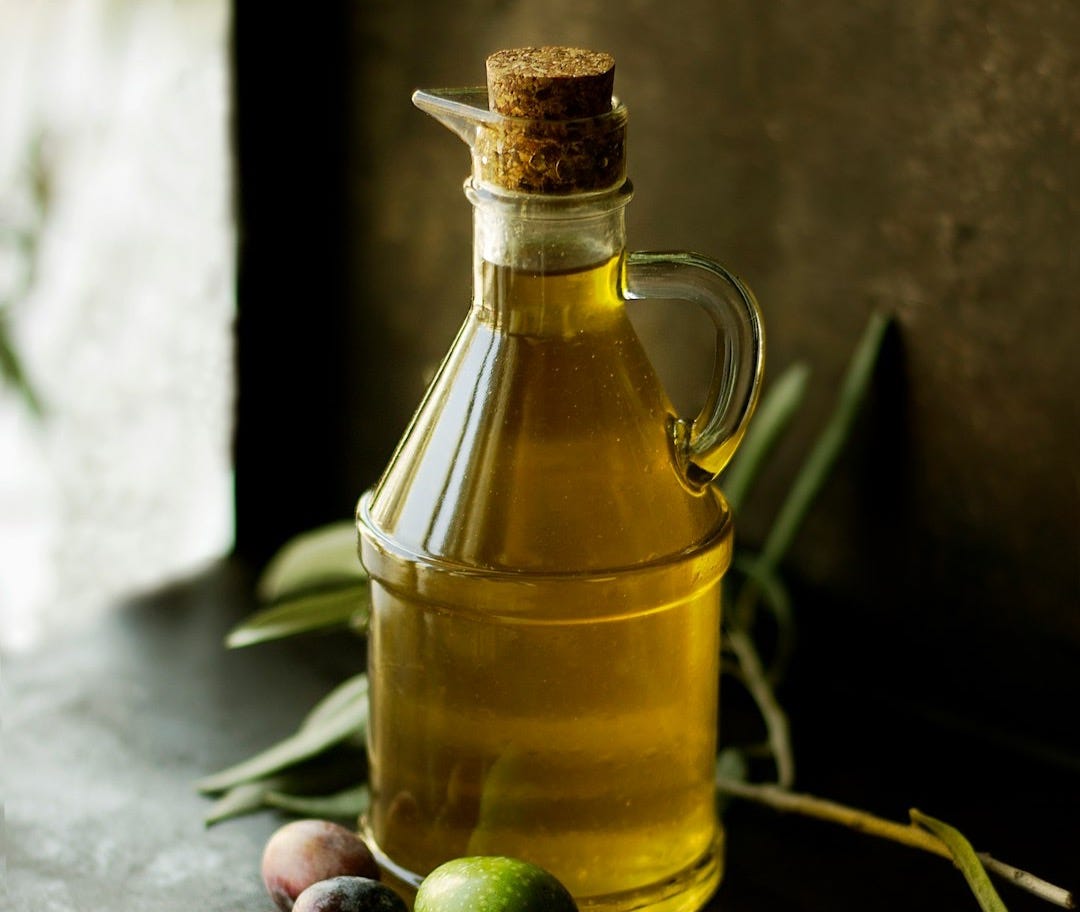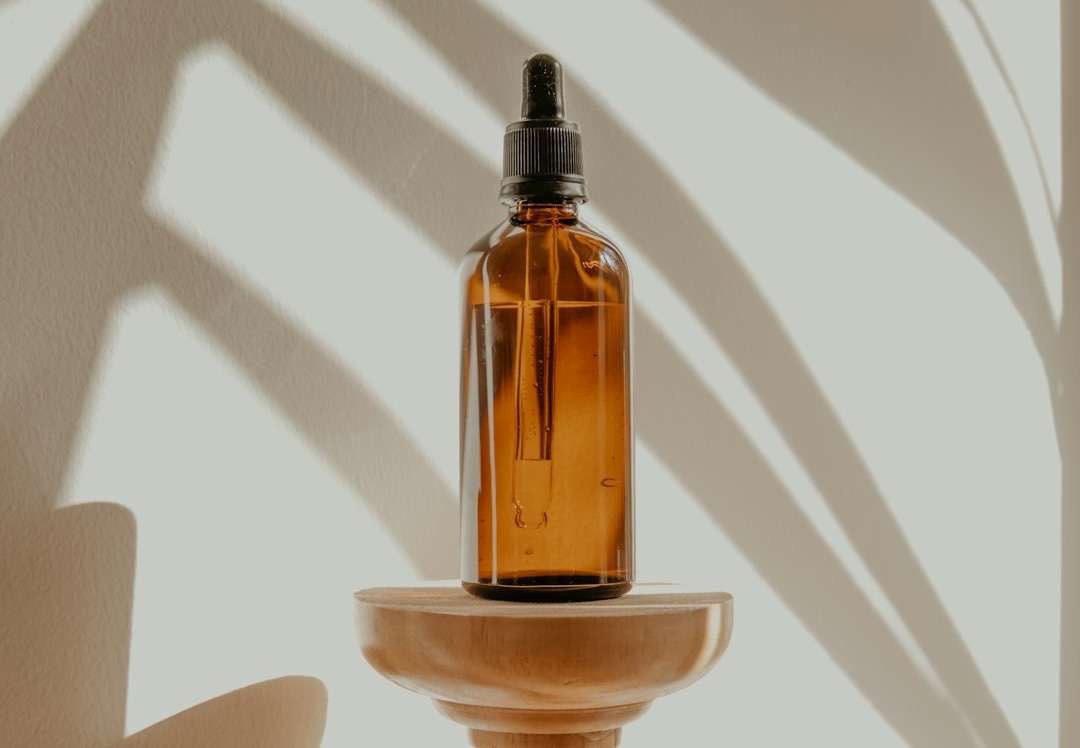Jojoba Oils vs Olive Oil: Which is Better for Your Skin?
Both of these oils are time tested, but is one better than the other? (3 min read)
Have you ever had to choose between skincare with jojoba oil and skincare with olive oil?
I bet you thought, “Which one is better for my skin?” In this blog post, we’ll dive into the pros and cons of each, and I’ll share why I believe jojoba oil comes out on top. Spoiler: I’ll also show you how I combine jojoba oil with tallow in my moisturizer for the best of both worlds.
Ready? Let’s go!
Olive Oil: Pros and Cons
Where It Comes From
Olive oil has been around for thousands of years. It’s made by pressing olives and extracting their rich, golden oil. Originally from the Mediterranean, olive oil has been a long time staple in cooking, religious rituals, and—you guessed it!—skincare.
How It’s Traditionally Used
Back in the day, olive oil was a go-to for everything from moisturizing to treating wounds. Cleopatra herself was rumored to have used olive oil in her beauty routine. Fancy, right?
Why It’s Good for Skincare
Olive oil is packed with antioxidants and vitamins like A and E. It’s also incredibly moisturizing, making it a favorite for those with dry skin. Plus, it’s easily accessible and relatively affordable.
Why It’s Not So Great
Here’s the catch: olive oil is heavy.
It sits on the skin, creating a barrier that can trap dirt and bacteria, which might lead to breakouts. Its comedogenic rating (how likely it is to clog pores) is around a 2–3 (the scale is 1-5), meaning it’s a bit risky if you’re prone to acne or oily skin. Also, it’s not as close to our skin’s natural oils as other options and doesn’t absorb as well.
Jojoba Oil: Pros and Cons
Where It Comes From
Jojoba oil is derived from the seeds of the jojoba shrub, native to desert areas like Arizona and Mexico. Fun fact: it’s technically a wax ester(like beeswax), not an oil, which makes it unique. You can more about jojoba oil in this blog post.
How It’s Traditionally Used
For centuries, Native Americans used jojoba oil to treat wounds and condition their hair. Today, it’s a favorite of the skincare world due to its versatility and benefits.
Why It’s Good for Skincare
Jojoba oil is the overachiever of skincare oils.
It’s non-comedogenic (rating: 1). Even better, its composition is remarkably similar to our skin’s natural sebum, so it absorbs quickly and easily. Plus, it balances oil production. It’s great for all skin types, from oily to dry, and it’s rich in vitamins E and B.
Why It’s Not So Great
Honestly, it’s hard to find a downside to jojoba oil. My main complaint is that it can be a bit pricier than other oils, but when you’re investing in your skin, it’s worth it.
Key Takeaways
So, which oil comes out on top?
While olive oil has its benefits, jojoba oil is better for skincare due to its non-comedogenic properties, ability to mimic our skin’s natural oils, and suitability for all skin types. It’s lightweight, absorbs beautifully, and nourishes the skin without causing issues.
How I Use Jojoba Oil
In my tallow moisturizer, I pair grass-fed tallow with organic jojoba oil in a 4:1 ratio.
Why? Tallow provides deep hydration and nutrients, while jojoba oil ensures the moisturizer is lightweight and absorbs like a dream (plus, tallow is too hard to spread by itself). The result? A perfect balance that leaves your skin glowing and healthy without any greasiness.
If you’re curious to experience the magic of this blend, head over to my Etsy shop and check out my handcrafted tallow and jojoba oil-based products. Your skin will thank you!
Thank you for reading—and here’s to making informed, skin-loving choices!
Serena Atkinson






